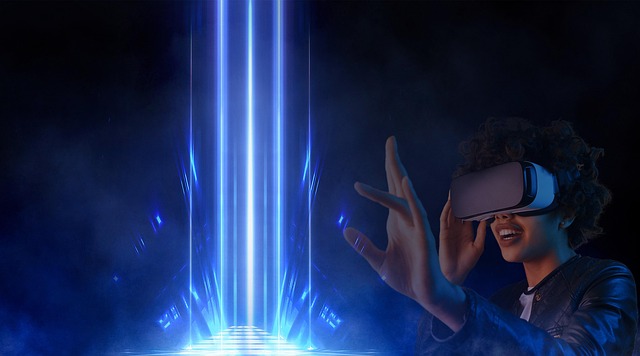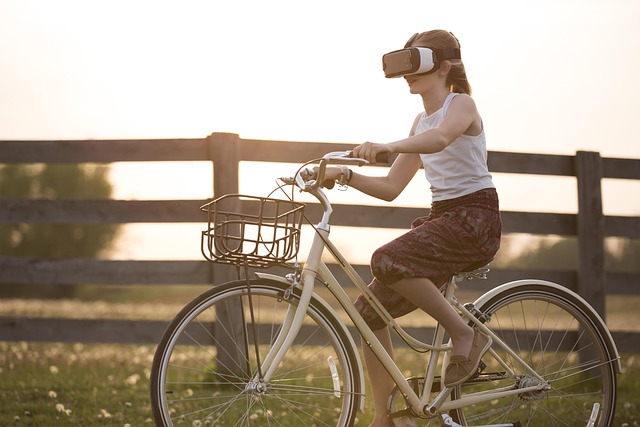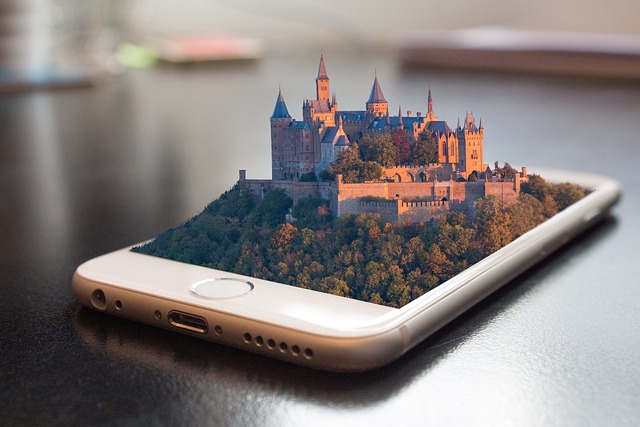
Revolutionizing Education: Exploring Digital VR Simulations in the Metaverse
Revolutionizing Education: Exploring Digital VR Simulations in the Metaverse
In a world where technology permeates every aspect of our lives, education is experiencing a seismic shift. The advent of digital VR simulations is transforming the traditional learning environment, allowing students to experience education in ways that were once unimaginable. Step into the metaverse, a virtual universe that blurs the lines between reality and imagination, where learning becomes an adventure rather than just a monotonous task.
Virtual Reality: A New Dimension of Learning
Imagine donning a VR headset and instantly being transported to a bustling ancient Roman marketplace or the surface of Mars. With digital VR simulations, this is now a reality, enhancing the learning experience by immersing students in rich, interactive environments. Virtual reality provides a sensory-rich platform where students can engage with content, grasp complex concepts, and retain information more effectively. Whether it’s dissecting a frog in a biology class or exploring the intricacies of human anatomy, VR is breaking down traditional barriers and making learning more dynamic.
Augmented Reality: Blending the Real with the Virtual
While virtual reality offers an entirely immersive experience, augmented reality (AR) complements it by overlaying digital information onto the real world. AR technologies allow students to see their surroundings transformed into vibrant learning environments. For instance, history lessons can come alive as students interact with 3D historical figures that illustrate key events or phenomena. This blend of the real and virtual not only captivates learners but also promotes deeper understanding and retention.
The Metaverse: Endless Possibilities for Education
The metaverse serves as a vast, interconnected space where these technologies come together to revolutionize the way we learn. In this virtual realm, students can collaborate across borders, conduct virtual experiments, and engage in simulations that foster teamwork and problem-solving skills. The inclusion of gamification in educational modules not only makes learning fun, but it also motivates students to pursue knowledge actively, pushing the boundaries of their creativity and innovation.
Challenges and Considerations
However, as we embrace the potential of digital VR simulations, we must also consider the challenges that accompany this new frontier. Issues such as access to technology, digital equity, and the need for trained educators are paramount. Schools and institutions must ensure that all students have the opportunity to benefit from these advancements, as education should be inclusive and accessible to all.
The journey to integrate digital VR simulations into the education system is just beginning. As we continue to explore the metaverse, the possibilities are limitless. The dream of creating vibrant, engaging, and immersive learning experiences can become a reality, sparking a newfound enthusiasm for education among learners everywhere. It’s an exciting time in the realm of education, one where the boundaries of the classroom are set to expand beyond our wildest imaginations.


